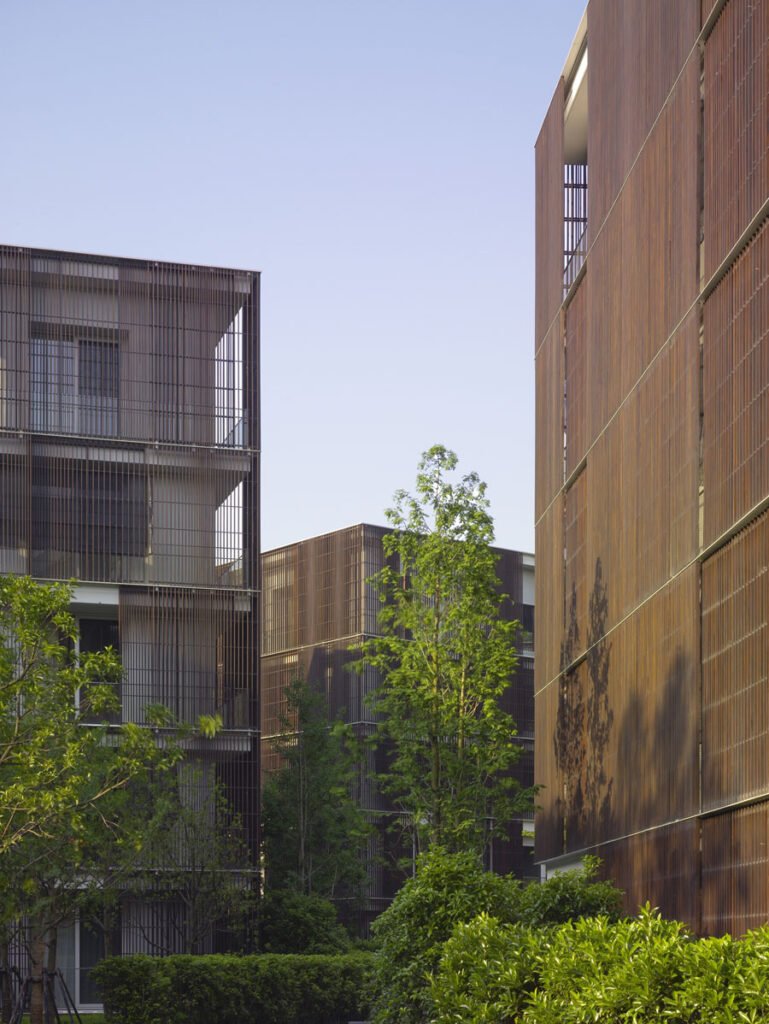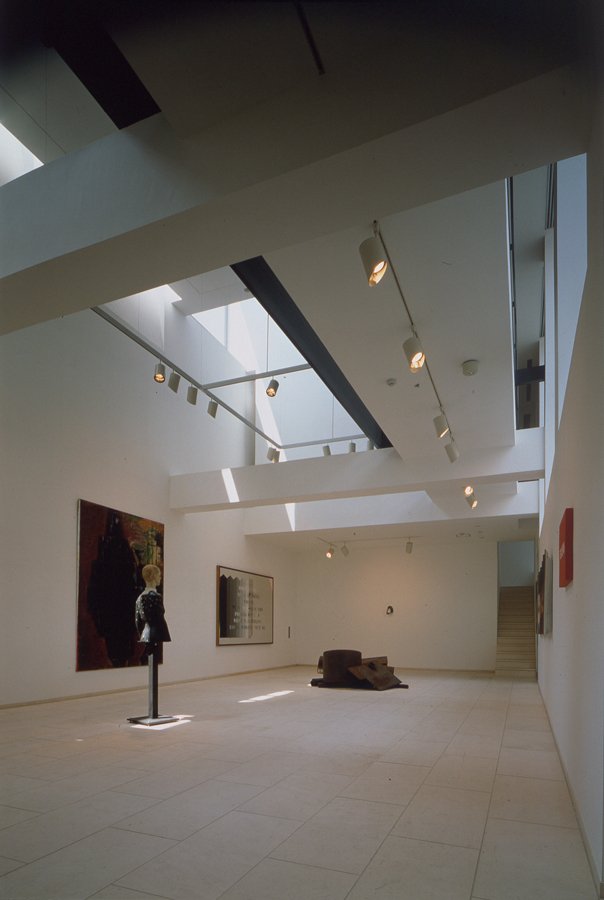Words Gabrielle de la Cruz and David Chipperfield Architects
Information David Chipperfield Architects and The 2023 Pritzker Prize
Images David Chipperfield Architects


Civic architect, urban planner, and activist Sir David Allan Chipperfield’s architectural “responses are never self-centered, nor do they serve in any way as art for art’s sake,” said the 2023 Pritzker Prize jury. His work, even the privately commissioned ones, “always remain focused on the higher purpose of the undertaking and on the pursuit of the civic and public good.”
Museums have been a particular focus even during Chipperfield’s early career, with the architect designing some of the most inviting museums in the world, including Asia. A majority of his Asian buildings are located in China considering his practice’s Shanghai outpost, but his showcase of rigor and integrity continues to allow him and his team to create more physically and culturally lasting public and private structures.
Below is a selection of David Chipperfield Architects’ eight Asian projects that were built to demonstrate their “concern for the social and environmental impact of the built environment,” along with two upcoming developments that will add to their contextual Asian portfolio.


1. The Rockbund Project, Shanghai, China, 2011
Appearing as a small Art Deco city in central Shanghai is The Rockbund, which is a stretch of historical buildings that are utilized by offices, hotels, apartments, and retail developments. Eleven of these were restored, updated, and converted by David Chipperfield Architects from 2006 to 2011, with them working to retain most of the original façades and incorporating sensitive additions for function purposes.
The development stands in the midst of modern high-rise buildings as a reminder of historical culture and significance. By repurposing some of the structures and retaining some of their physical attributes, David Chipperfield Architects was able to create interconnections to the city. This is only among the many examples of how Chipperfield’s work is rooted in the fact that “every detail is conceived as a carefully studied part of a whole.”



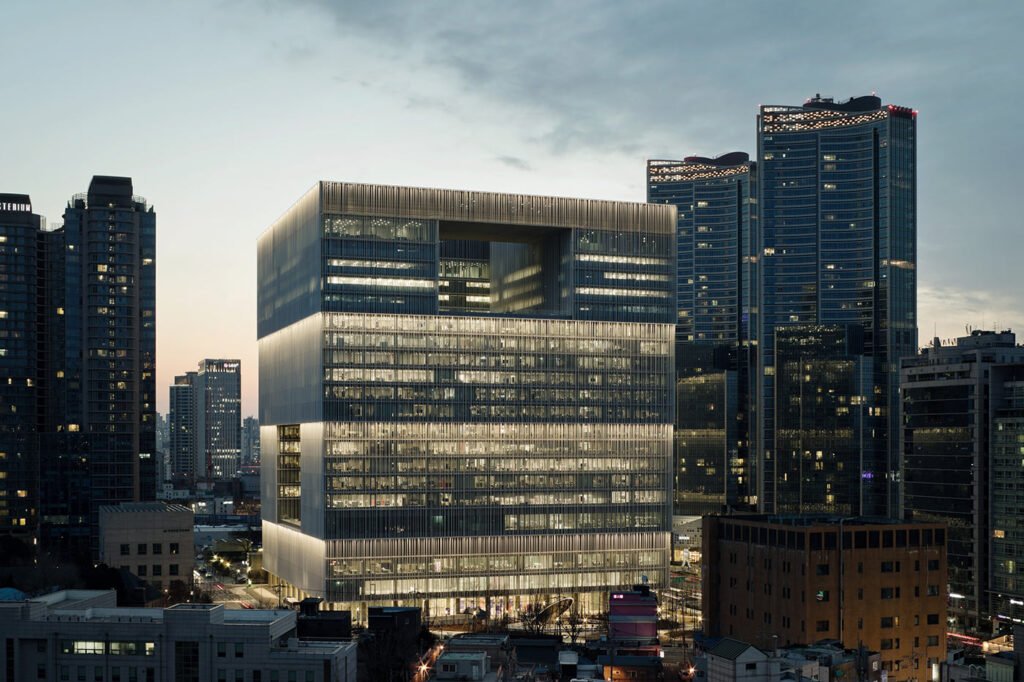
2. Amorepacific Headquarters, Seoul, Korea, 2017
Positioned to serve as the headquarters for Korea’s largest beauty brand, David Chipperfield Architects knew that the Amorepacific Headquarters just had to stand out. They did this by incorporating communal spaces into the 30-storey building that not only provide elegant outdoor views from the building but also open up the structure to the public.
“The new building echoes the aspirations of a modern organization,” says David Chipperfield Architects. Apart from having three large urban openings that frame city and mountain sceneries, the provision of a “museum, auditorium, library, restaurants, and childcare facilities” established the dynamic identity of “a vital company embedded in the growing metropolis of Seoul.”





3. Inagawa Cemetery Chapel and Visitor Centre, Hyogo, Japan, 2017
“Inagawa Cemetery is located on a steep site in the Hokusetsu mountain range of Hyogo prefecture, approximately 40 kilometers north of Osaka.” With its territory surrounded by Japanese meadows, this serene site offers temporary seclusion from the outside, allowing visitors to contemplate in peace. The entire project is oriented by “the monumental flight of steps” that lead to its highest point, where a shrine stands in place.
Pink concrete forms characterize the chapel and visitor center building. Furniture such as simple, informal painted wooden chairs, benches, and tables was specifically designed to complement the entire building and can be re-arranged depending on the occasion. Pockets of gardens containing grasses, shrubs, and wildflowers also act as natural interventions between the physical structures, blending the entire project with its natural context.
4. Xixi Wetland Estate, Hangzhou, China, 2015
Located on the outskirts of Hangzhou is Xixi, a national wetland park that visually presents the relationship between architecture, landscape, and water. Xixi Wetland Estate is a residential development that carries the same physical and environmental principles as the villages in the area.
Dark stone apartment buildings are surrounded by a water garden, with the interiors having room-height windows that welcome natural light and offer spectacular garden views. This idea is reminiscent of floating spaces, allowing each structural form to stand in harmony with its surroundings. The entire concept for this estate depicts how Chipperfield is able to “integrate an individual building into both its site and its local culture.”



5. Liangzhu Culture Museum, Hangzhou, China, 2007
Among Chipperfield’s collection of transformative museums is the Liangzhu Culture Museum in Hangzhou, China which “houses a collection of archaeological findings from the Liangzhu culture” or Jade culture. This project stands on the site where most of the Liangzhu treasures were found and can immediately be recognized through its voluminous bar-shaped concrete forms.
The four bar-shaped forms that “equal in width but differ in height” showcase a transition that is “accentuated by generous courtyards varying in size and atmosphere.” David Chipperfield Architects added that the building was clad entirely in Iranian travertine stone as “its consistent use provides a connection to traditional Chinese buildings where courtyards can be found behind solid stone walls.”


6. Ninetree Village, Hangzhou, China, 2008
Another Hangzhou residential project by David Chipperfield Architects is Ninetree Village, a luxury housing development that is formed by “a small valley bordered by dense bamboo forest.” Each of the six apartment buildings accommodates a full floor of approximately 450 square meters and was designed with a loggia or sheltered exterior corridor that blurs the boundaries between the inside and out.
Sliding oiled wooden screens were integrated into each of the apartment buildings for sun shading and privacy. The density of these exterior skin screens was adjusted to fit the interior functions, sunlight, and site-specific conditions. The design thinking behind Ninetree Village is among the many proofs that Chipperfield’s work is all about “being faithful to a responsibility towards the act and to the art of building.”


7. Gotoh Museum, Chiba, Japan, 1991
One of Chipperfield’s first Asian museum projects is the historical Gotoh Museum, which was also his first building in Japan. The “spatial ambiguity” of this building is seen in the way its internal and external spaces interact, with colonnades and courtyards injected into various corners. The museum is located in the lower courtyard, which can be accessed through a primary staircase.
While the building was initially intended to house the client’s art collection, several student apartments for rent were made available to the local university. These apartments are provided with their own point of entry through a second staircase that leads to a “cloister-like corridor.” The addition of the student apartments meant support for museum costs and a way of bringing new life to the entire structure.





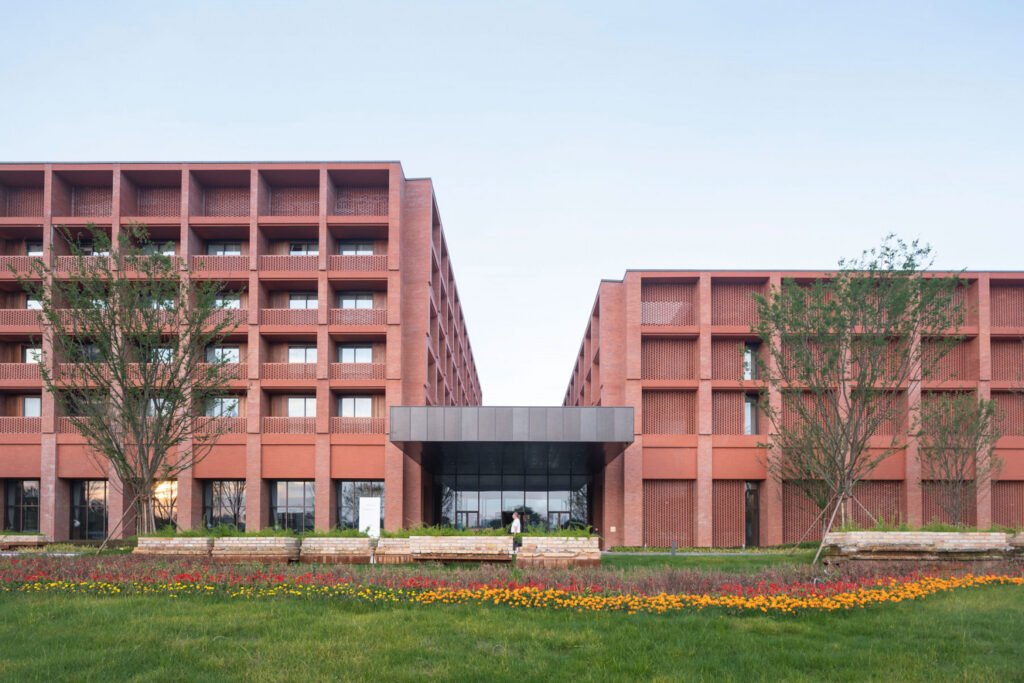
8. Ceramic Art Avenue Taoxichuan, Jingdezhen, China, 2022
Part of the 2023 Pritzker Prize jury citation read that Chipperfield’s work is classic not by style, but by his faithfulness to the “three essential Vitruvian qualities: firmitas, utilitas, venustas (strength, usefulness, beauty).” Among his many projects that best illustrate this is Ceramic Art Avenue in China, a mixed-use inner-city campus development.
With Jingdezhen known as a porcelain-producing city for over a thousand years, “an extensive area of large former factory buildings set up for the production of porcelain in the mid-twentieth century” was redeveloped as a mixed-use quarter. David Chipperfield Architects developed the master plan for a performing arts campus with colleges, performance venues, and further infrastructure.
The strength of the existing buildings was preserved and restored, with some of them converted for better use. New buildings for The Grand Theatre, a music academy, and a hotel complex were designed by David Chipperfield Architects to “complement the cultural institutions housed in the historic factory spaces,” with the entire picture of the industrial buildings establishing a sense of beauty and identity that is endemic to the area.
UPCOMING PROJECTS
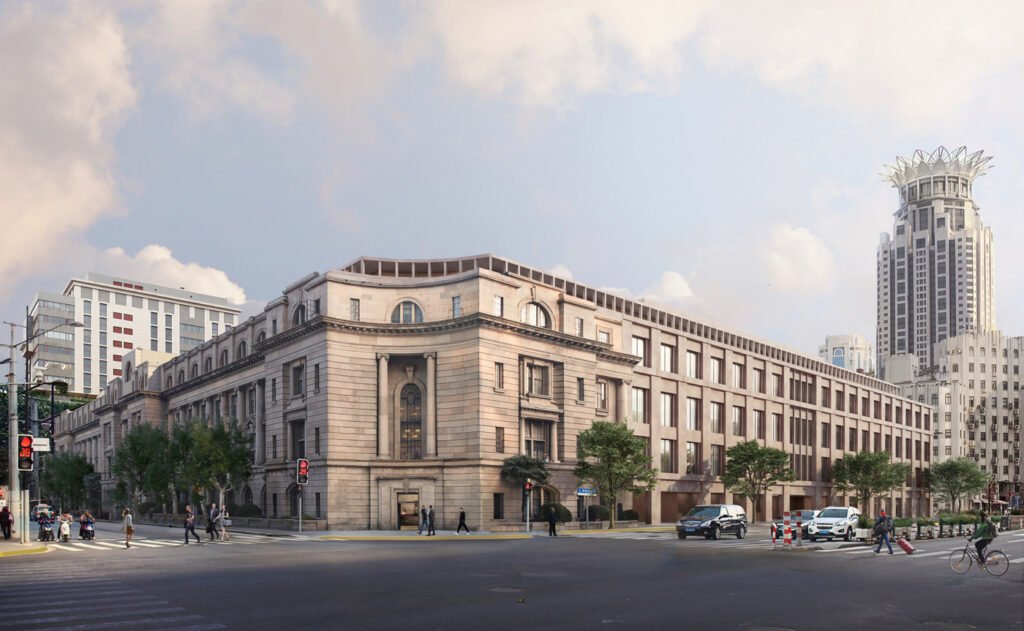


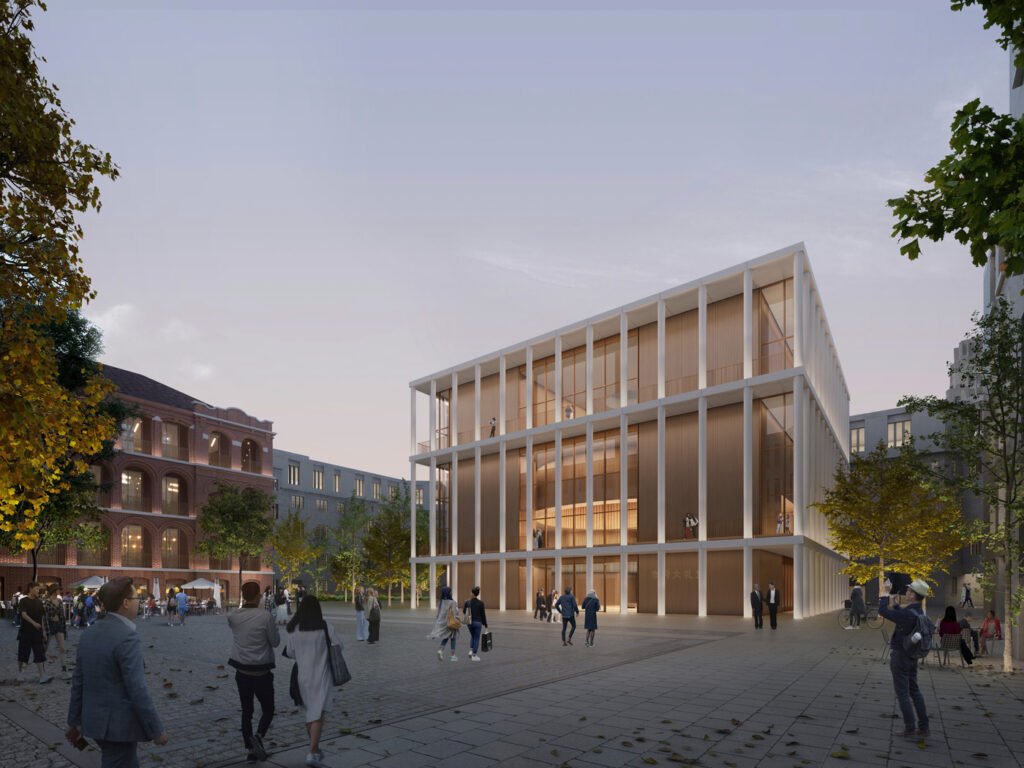
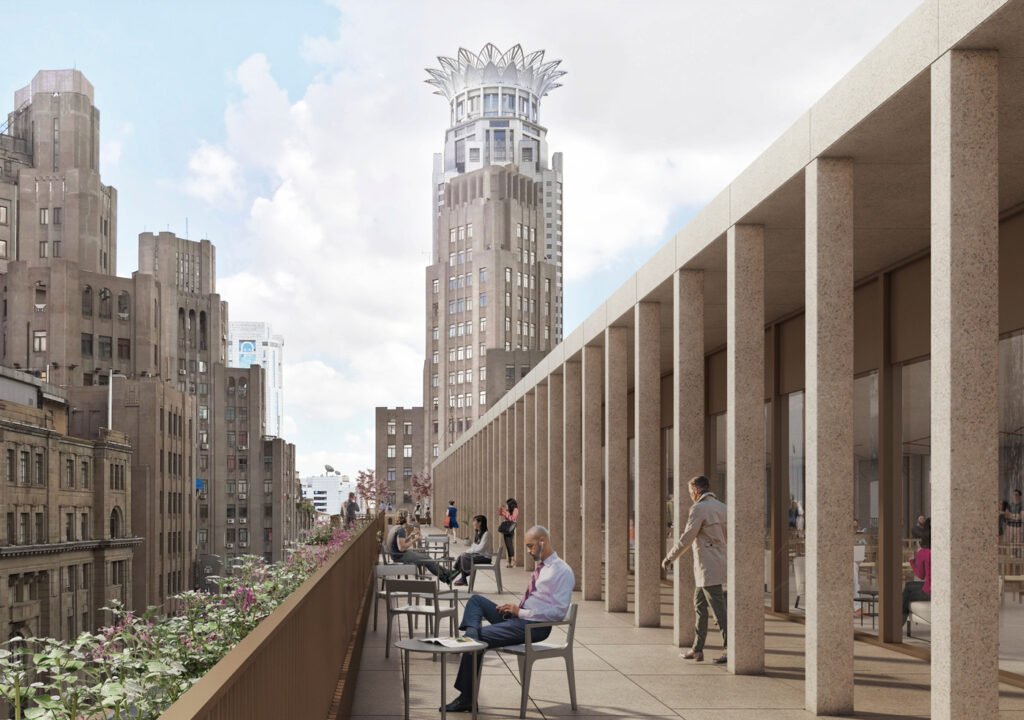
Shanghai Municipal Council Building, Shanghai, China
Since 2015, David Chipperfield Architects has been working to revitalize the Shanghai Municipal Building. Its history traces back to as early as 1922 when material shortages after the first World War led to an unfinished structure and it falling into disrepair as time progressed.
The goal is to restore and adapt the existing victorian Red Building to accommodate restaurants and other public functions. The former auditorium will be replaced with a new building for events and performances. “The building’s central plan affords openness on all sides, reflecting its public role and engaging with the courtyard,” they share. Cultural and commercial spaces located in the basement are accessed from the courtyard, in the same manner as all public functions in the complex, affirming the courtyard’s pivotal role in the project,” the practice adds.
The Shanghai Municipal Council Building is intended to “become an important public destination and an opportunity for people to better understand the role that these unique buildings have played in the city’s history.”


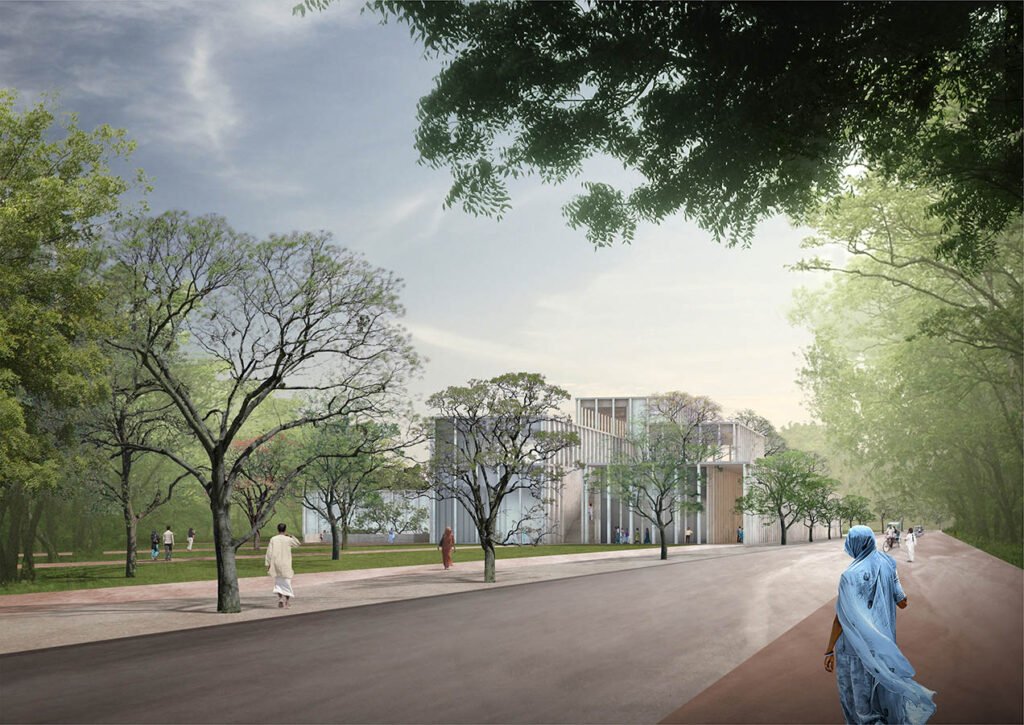
Mughal Museum, Agra, India
Envisioned to stand near the eastern gate of the Taj Mahal is the Mughal Museum in Agra, India. This development aims to “present the political and cultural milestones of the Mughal era through its art and architecture.”
David Chipperfield Architects says that “with reference to traditional Mughal architecture, the museum adopts principles such as rationality, order, and repetition, and reinterprets these in a modern architectural language.” The space is also part of a larger master plan to “improve visitor facilities in the area surrounding the mausoleum, which attracts up to eight million visitors a year.”
The Berlin outpost of David Chipperfield Architects designed the new museum working in partnership with Studio Archohm. Recent updates state that the museum will now be known as the Chhatrapati Shivaji Maharaj Museum. Construction started in 2017 and is still ongoing. •
Gabrielle de la Cruz started writing about architecture and design in 2019. She previously wrote for BluPrint magazine and was trained under the leadership of then editor-in-chief Judith Torres and previous creative director Patrick Kasingsing. Read more of her work here and follow her on Instagram @gabbie.delacruz.






